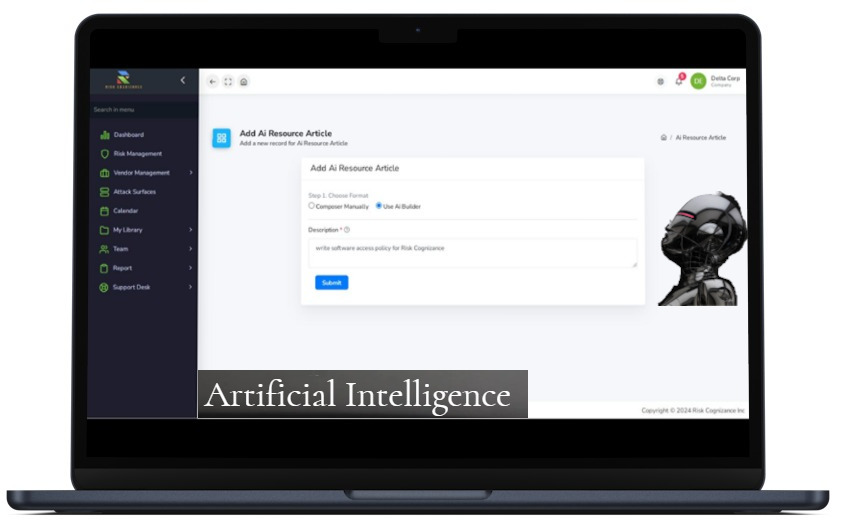Overview
Security AI Assist: Streamlining RFPs, SOWs, Policies, Plans, and Procedures
Security AI Assist is a powerful tool designed to automate and enhance the creation and management of critical cybersecurity documentation such as Requests for Proposals (RFPs), Statements of Work (SOWs), policies, plans, and procedures. By leveraging advanced artificial intelligence, Security AI Assist helps businesses draft, review, and manage their security documents efficiently and accurately, reducing time spent on manual tasks while ensuring compliance and quality.
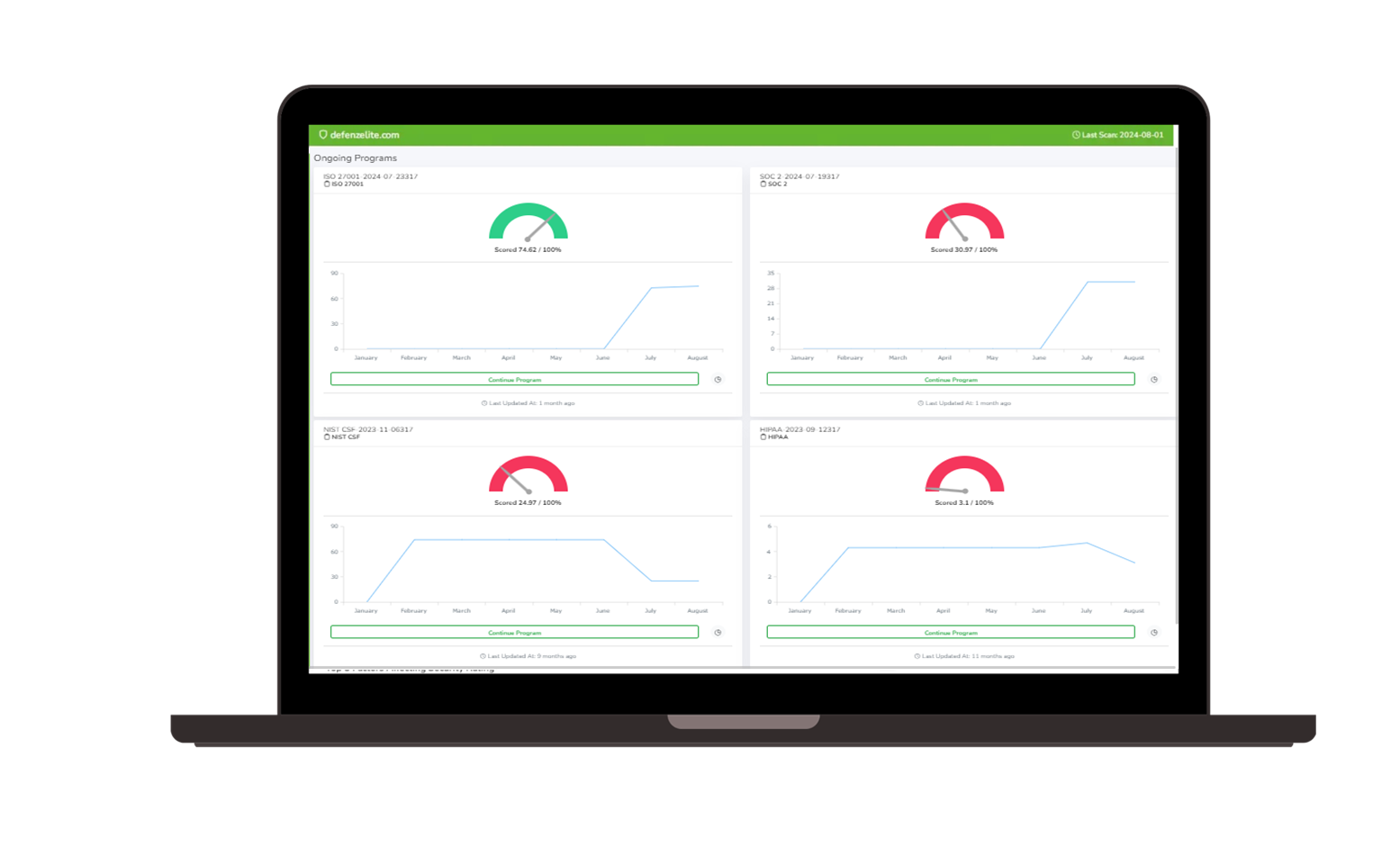 Governance, Risk, and Compliance (GRC) | 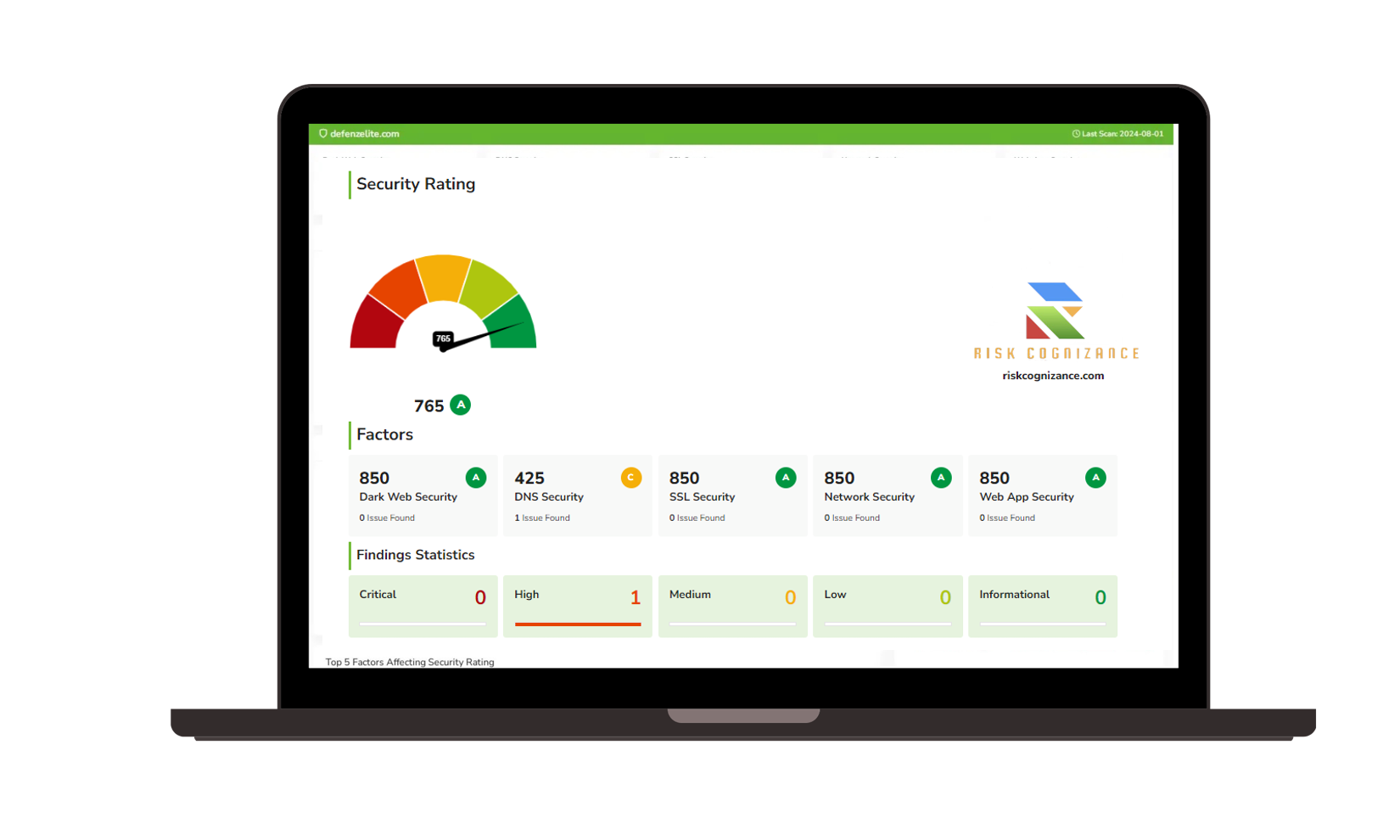 Third-party Risk Management |
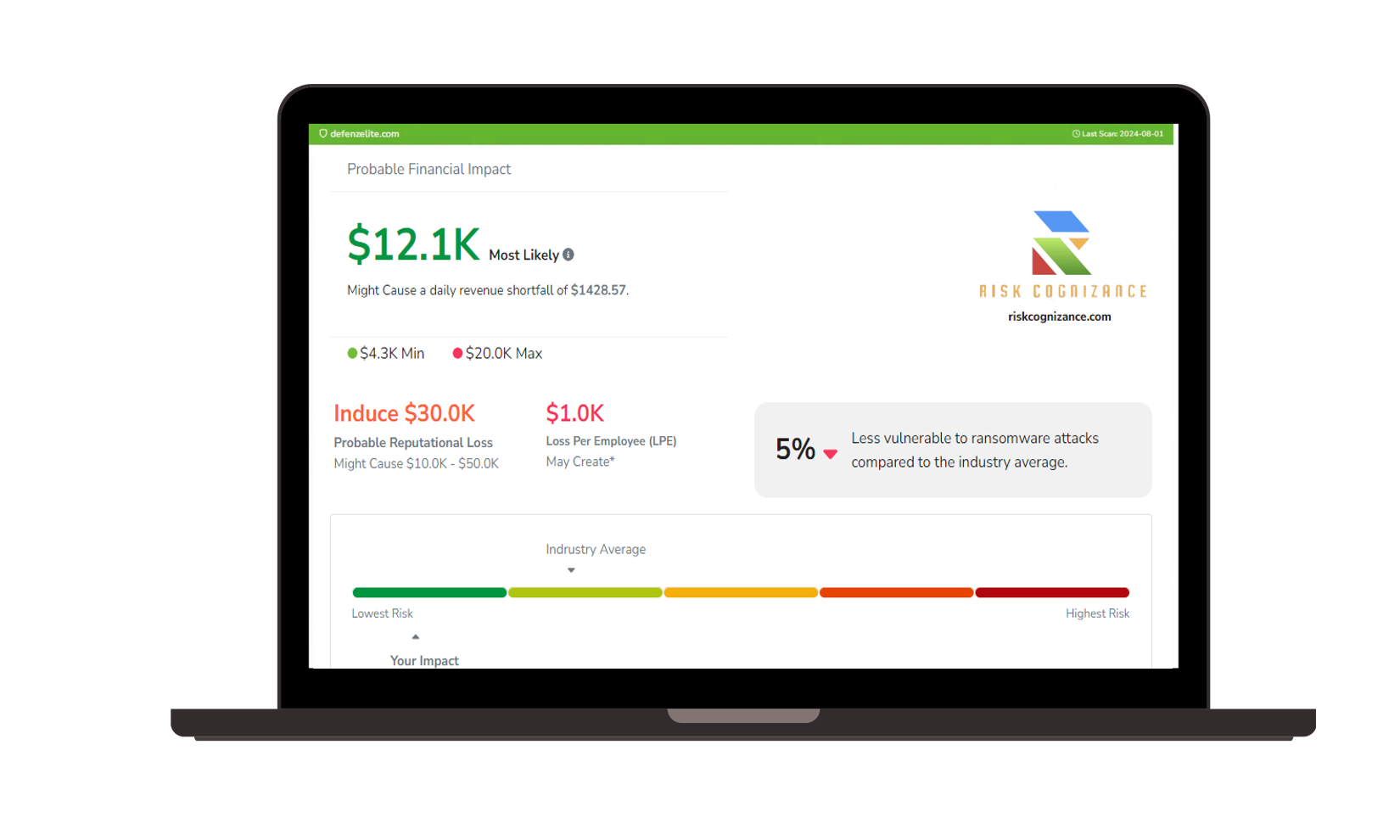 Ransomware Susceptibility | 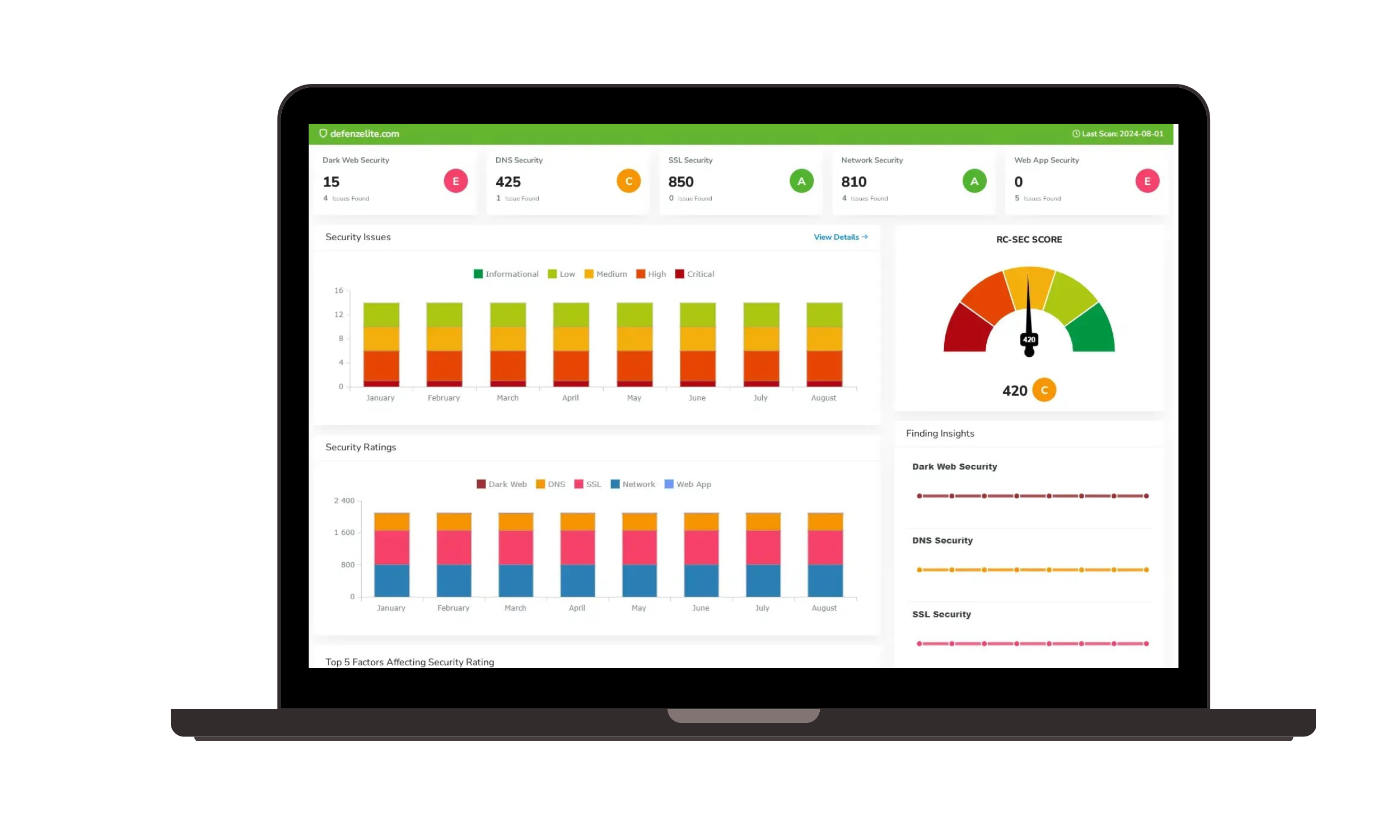 GRC and Attack Surface |
Artificial Intelligence | |
Key Features of Security AI Assist:
Automated RFP and SOW Generation:
- RFP Creation: Security AI Assist streamlines the creation of comprehensive RFP documents by incorporating key security requirements, industry standards (e.g., NIST, ISO, GDPR), and client-specific needs. It uses natural language processing (NLP) to draft proposals quickly, allowing organizations to focus on strategic decisions rather than tedious document drafting.
- SOW Generation: For Statements of Work, the tool helps structure detailed scope definitions, project timelines, resource allocations, deliverables, and milestones. It ensures that all technical and operational requirements are clearly outlined, reducing misunderstandings between stakeholders and vendors.
Customizable Security Policies and Procedures:
- Policy Drafting: Security AI Assist can generate and customize security policies tailored to your organization’s unique needs, such as access control policies, data protection policies, and incident response procedures. It ensures that policies comply with regulatory requirements while aligning with your organization’s risk management strategies.
- Procedures and SOPs: The AI system assists in drafting and organizing Standard Operating Procedures (SOPs) related to cybersecurity tasks, such as vulnerability management, patching, incident reporting, and response actions. The tool ensures that procedures are clear, actionable, and compliant with industry best practices.
Risk and Compliance Planning:
- Security Plans: AI Assist can generate various security plans, including business continuity plans (BCP), disaster recovery plans (DRP), and risk management frameworks, to ensure that your organization is prepared for any security incident. The plans are automatically updated to reflect the latest security standards and industry benchmarks.
- Compliance Assurance: It helps ensure that all documentation is in line with legal and regulatory frameworks, including GDPR, HIPAA, CMMC, and other industry-specific regulations. The AI tool can cross-reference policies and procedures with compliance requirements to ensure nothing is overlooked.
Templates and Best Practices Library:
- Pre-Built Templates: Security AI Assist comes with a library of pre-built templates for RFPs, SOWs, policies, and procedures, each customizable to meet specific organizational or project requirements. These templates are based on best practices from the cybersecurity industry, ensuring that your documentation is thorough and professional.
- Best Practices Guidance: The tool incorporates best practices from leading industry frameworks such as ISO 27001, NIST 800-53, and CIS Controls. It guides users through best-practice approaches, ensuring your organization adheres to the highest security standards.
Collaboration and Review Tools:
- Real-Time Collaboration: Multiple teams, including legal, IT, and risk management, can collaborate within the Security AI Assist platform to review, edit, and approve documents. This fosters efficient cross-functional communication and ensures all perspectives are considered.
- AI-Powered Reviews: The tool can automatically review and provide suggestions for improvements or corrections in RFPs, policies, and procedures. It checks for consistency, accuracy, and alignment with the organization’s goals and security requirements.
Continuous Updates and Learning:
- Adaptive Learning: Security AI Assist constantly learns from the data and feedback it receives, allowing it to improve its drafting, review, and compliance checking processes over time. It stays up-to-date with changes in cybersecurity standards, regulations, and emerging threats.
- Updates on Emerging Threats: The system integrates with threat intelligence feeds, ensuring that your policies, plans, and procedures remain relevant and address the latest cybersecurity challenges.
Benefits of Security AI Assist:
- Time Efficiency: Automating the drafting of complex documents saves significant time and allows teams to focus on higher-value tasks, such as strategy and decision-making.
- Cost Savings: By reducing the need for external consultants or lengthy internal processes, Security AI Assist can lower operational costs while ensuring the highest quality of documentation.
- Accuracy and Compliance: With AI at its core, the system ensures that all documents are accurate, up-to-date, and compliant with current laws and industry standards.
- Scalability: Whether you’re a small business or a large enterprise, Security AI Assist scales to your needs, generating documents that are tailored to specific project sizes and regulatory environments.
- Risk Reduction: By incorporating real-time updates and continuous compliance monitoring, Security AI Assist helps reduce the risk of non-compliance and cybersecurity incidents.
Use Cases:
- Government RFPs: Security AI Assist helps businesses respond to federal, state, and local cybersecurity RFPs by ensuring all necessary requirements are addressed and offering robust, industry-specific security solutions.
- Vendor Management: It assists in drafting comprehensive SOWs and RFPs to engage third-party vendors, ensuring the vendor’s cybersecurity capabilities align with organizational needs.
- Cybersecurity Audits: AI Assist helps organizations prepare for cybersecurity audits by automating the creation of security policies, audit procedures, and compliance documentation.
- Incident Response: When building incident response plans, the tool creates structured and clear processes for identifying, reporting, and mitigating cyber threats in real-time.
Conclusion:
Security AI Assist is a transformative program that simplifies the creation of RFPs, SOWs, policies, plans, and procedures in the cybersecurity domain. By leveraging AI-powered automation, businesses can ensure that their security documentation is robust, compliant, and aligned with their long-term objectives. Whether you’re responding to an RFP or drafting internal policies, Security AI Assist helps streamline the process, reduce risk, and increase efficiency.
Request Callback
